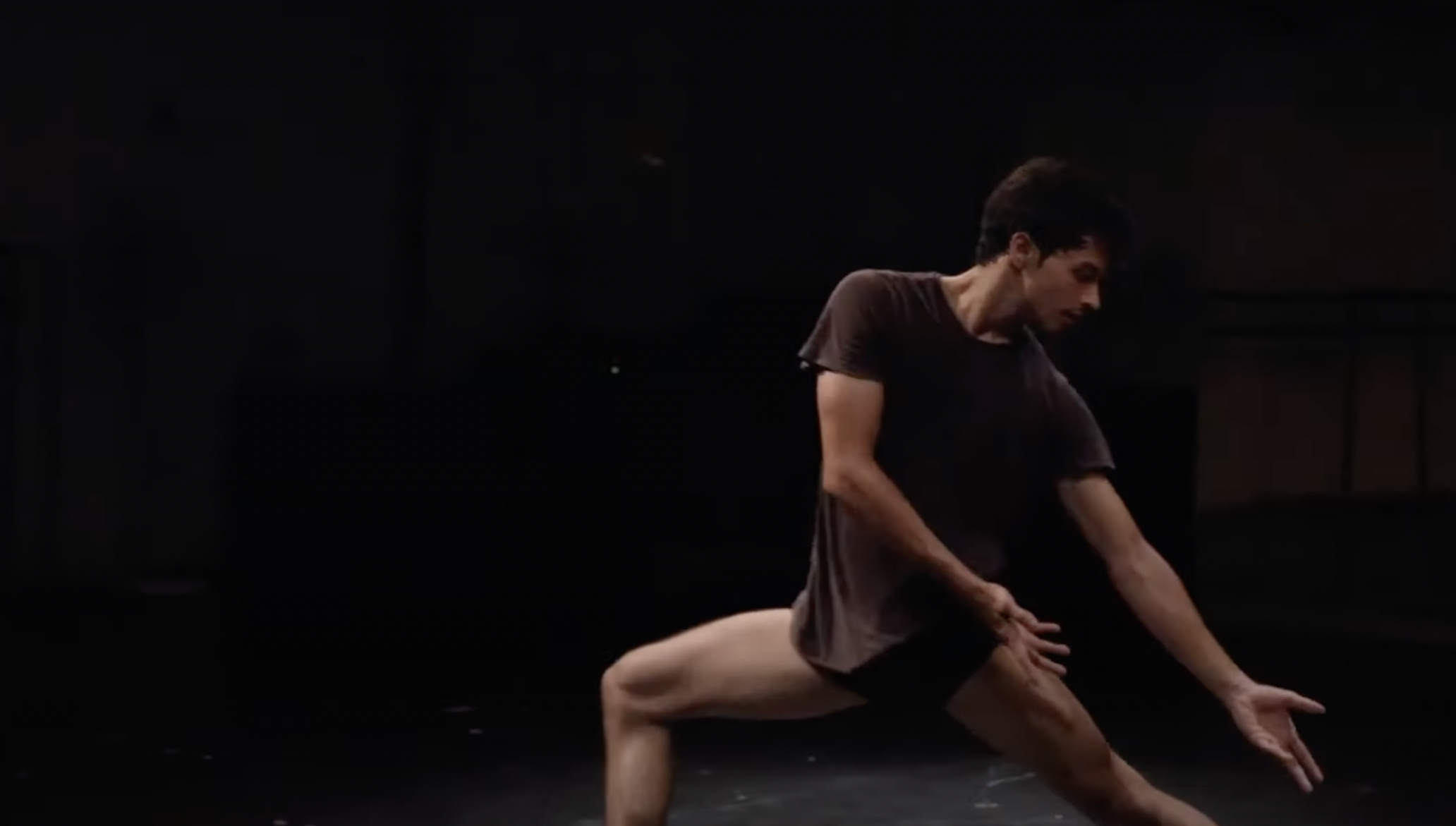
Dancer Manish Chauhan knew that to first complete a backflip, he had to learn how to arch his back into a backbend.
Inspired by Akshay Kumar’s backflip in the Bollywood film Aflatoon, Chauhan soon figured out the trick— all when he was a teenager, he said in an episode of the ANOKHI UNCENSORED podcast.
Happiness awakened inside of Chauhan, and he wanted to do more, he said in the podcast interview. He soon learned more tricks, and thus began his passion for dance — now documented in the film Call Me Dancer, released December 2023.
The Clarice Performing Arts Center hosted a screening and discussion of the documentary on March 1, which follows Chauhan in his journey to become a dancer in the face of social and economic struggles.
Leslie Shampaine, director and producer of Call Me Dancer, met Chauhan through her former dance teacher and professional Israeli ballet dancer Yehuda Maor, who advised Shampaine to tell Chauhan’s story.
Shampaine and the movie’s editor, Jennifer Beman — a University of Maryland alum — followed Chauhan for five years to create a powerful movie about struggle, perseverance and family.
“We often tell our kids, ‘Oh go do whatever you want. Go to college, study whatever you want.’ But that’s not possible when somebody doesn’t have any money, and that’s why his parents were concerned,” Shampaine said. “His parents are universal parents.”
[UMD student creates bag business to highlight Cameroonian culture]
Chauhan’s family put him in college so he could hopefully get an office job and help pay off his family’s debts, but he found this life dull. He only discovered his love for dance after he taught himself how to breakdance, despite his parents’ doubt of him finding a stable career.
In less than 10 years, Chauhan became a fluid dancer in hip-hop, ballet and contemporary dance. He went from never dancing in his life to seamlessly completing the splits and backflips.
Chauhan describes how in the dance academy he attended — The Danceworx— people called him “the acrobat” because of how he flipped.
“I don’t want to be an acrobat. I want to be a dancer. Call me ‘dancer,’” Chauhan said in the film.
The film shows Chauhan learning ballet with Maor and going to other dance schools to learn contemporary dance. He soon went back to India to play a role in a fictionalized biography about Chauhan’s self-discovery alongside another dancer played by Achintya Bose, titled Yeh Ballet, in order to earn money for his family.
The film followed Chauhan when he gave the check from his first movie to his parents, as well as when he trained to recover his strength after suffering from a shoulder injury.
At the end of the film, Chauhan received a part in the Bowen McCauley Dance Company’s 25th Season Final Performance, finally making his debut with a performance at The Kennedy Center.
Stephanie Shonekan, the arts and humanities college dean, moderated the screening’s discussion and expressed her fondness for the film.
“I started taking notes, and then I was like, ‘I can teach an entire class on this film,’” Shonekan said. “There’s so much to talk about, from culture to education to globalization.”
[UMD LGBTQ+ Equity Center holds lecture on queerness in Haitian vodou]
To put it in Shampaine’s words — “art transcends.” Art is everywhere: music, dance, literature and visual media, she said, and artists can respect one another even if they do not share the same culture because art is universal.
“I did love how Manish said that ‘No one asks if I’m Jewish or brown or Muslim. We’re all dancers. We’re all one,’” Beman said. “The art and the audience and dance, it transcends those barriers.”
